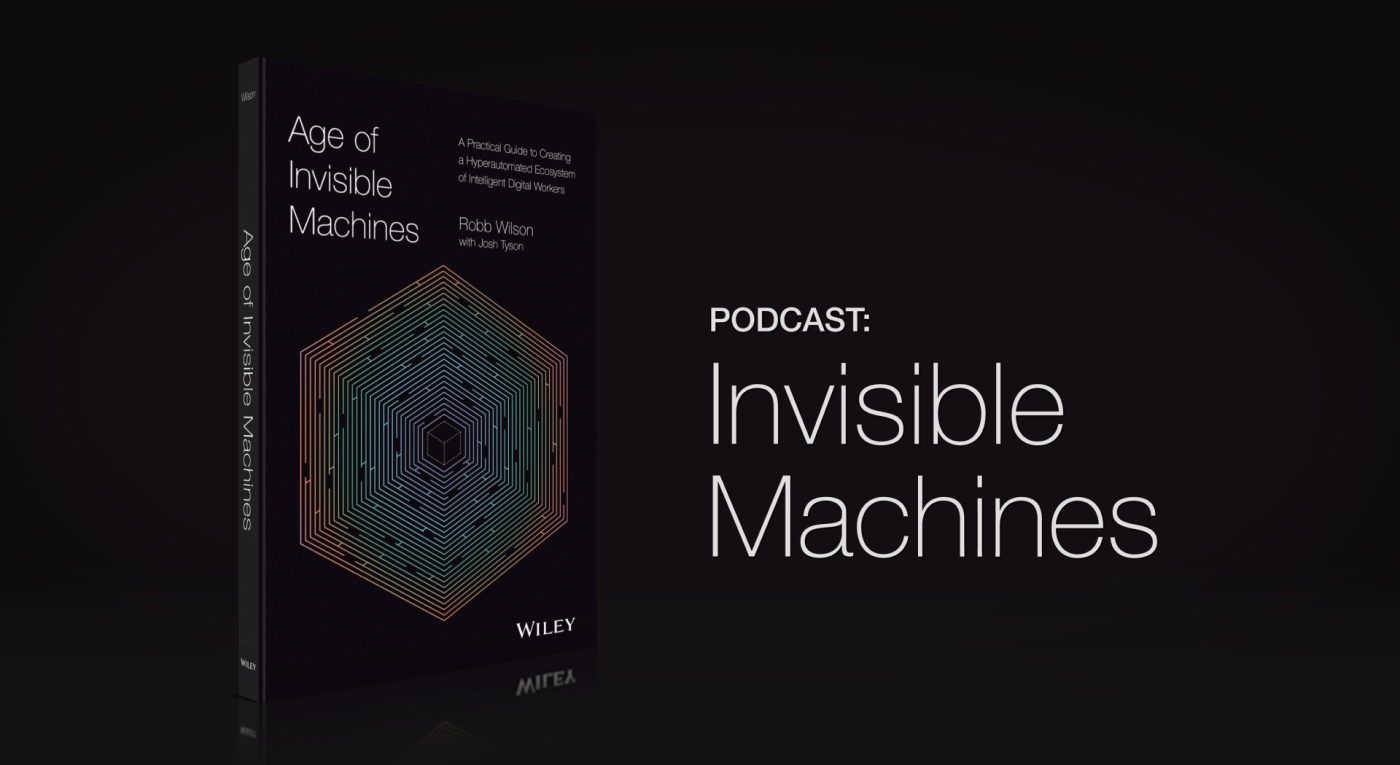In February 2023 UX Magazine soft-launched the Invisible Machines podcast, hosted by contributing editor Josh Tyson and OneReach.ai CEO and co-founder Robb Wilson. Robb and Josh spent the last three years writing the Wall Street Journal bestselling business book, Age of Invisible Machines, a practical guide to the volatile world of conversational AI and hyperautomation.
The book is the first bestseller on the explosive topic of conversational artificial intelligence, and the podcast has quickly risen to be a top 10% most popular podcast in the short time since it began, and has quickly come to feature conversations with some fascinating guests, such as Ovetta Sampson, Google’s Director of User Experience with Core ML and UX Magazine contributor, UX Legend, Jesse James Garrett, MIT professors Julie Shah and Ben Armstrong and many more (look out for more incredible guests that will be joining soon!).
They knew even as the book was being printed that dramatic changes would disrupt the space. With that in mind, the Invisible Machines podcast continues the conversation that began in their sought-after book.
Any UX Mag superfans out there might remember “In Conversation with UX Magazine,” a podcast we produced about seven years ago. We only recorded a handful of interviews, but each one was a portal into crucial aspects of experience design at a time when the landscape was always changing.
Right now, it’s conversational AI that’s shifting the sand beneath our feet. Fittingly, it’s also conversational AI that finds us once again, in conversation. Invisible machines of all kinds represent the next phase for UX—designing experiences that transcend screens to include typed and spoken conversations. Season one of Invisible Machines will bring listeners into the room with Robb and Josh and they talk through new challenges and developments and even sit down with the occasional guest. Topics include:
- Generative AI and creativity
- Why conversational design is the future of UX
- Saying goodbye to APIs
- How AI will affect the future of automotive design
- How HR can lead the charge toward hyperautomation
- The risks leadership will have to take
- The ethical issues we need to address right now
Subscribe to UX Magazine on your favorite podcast app to listen. You can also watch episodes on the Invisible Machines YouTube channel.








